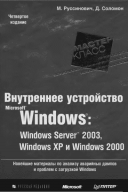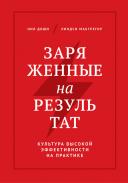Новые книги
strnatcmp
| ||||||||||
strnatcmp(PHP 4) strnatcmp - сравнение строк с использованием алгоритма "natural order/натурального порядка". Описаниеint strnatcmp (string str1, string str2) Эта функция реализует алгоритм сравнения, упорядочивающий алфавитно-числовые строки человекообразным способом. Вот пример разницы между этим алгоритмом и обычными алгоритмами сортировки строк на компьютере (используемые в strcmp()):
Дополнительно см. страницу Martin'а Pool'а Natural Order String Comparison. Как и другие функции сравнения строк, эта возвращает < 0, если str1 меньше str2; > 0, если str1 больше str2; 0, если они равны. Обратите внимание, что это сравнение с учётом регистра символов. См. также ereg(), strcasecmp(), substr(), stristr(), strcmp(), strncmp(), strncasecmp(), strnatcasecmp(), strstr(), natsort() и natcasesort(). | ||||||||||
| ||||||||||

